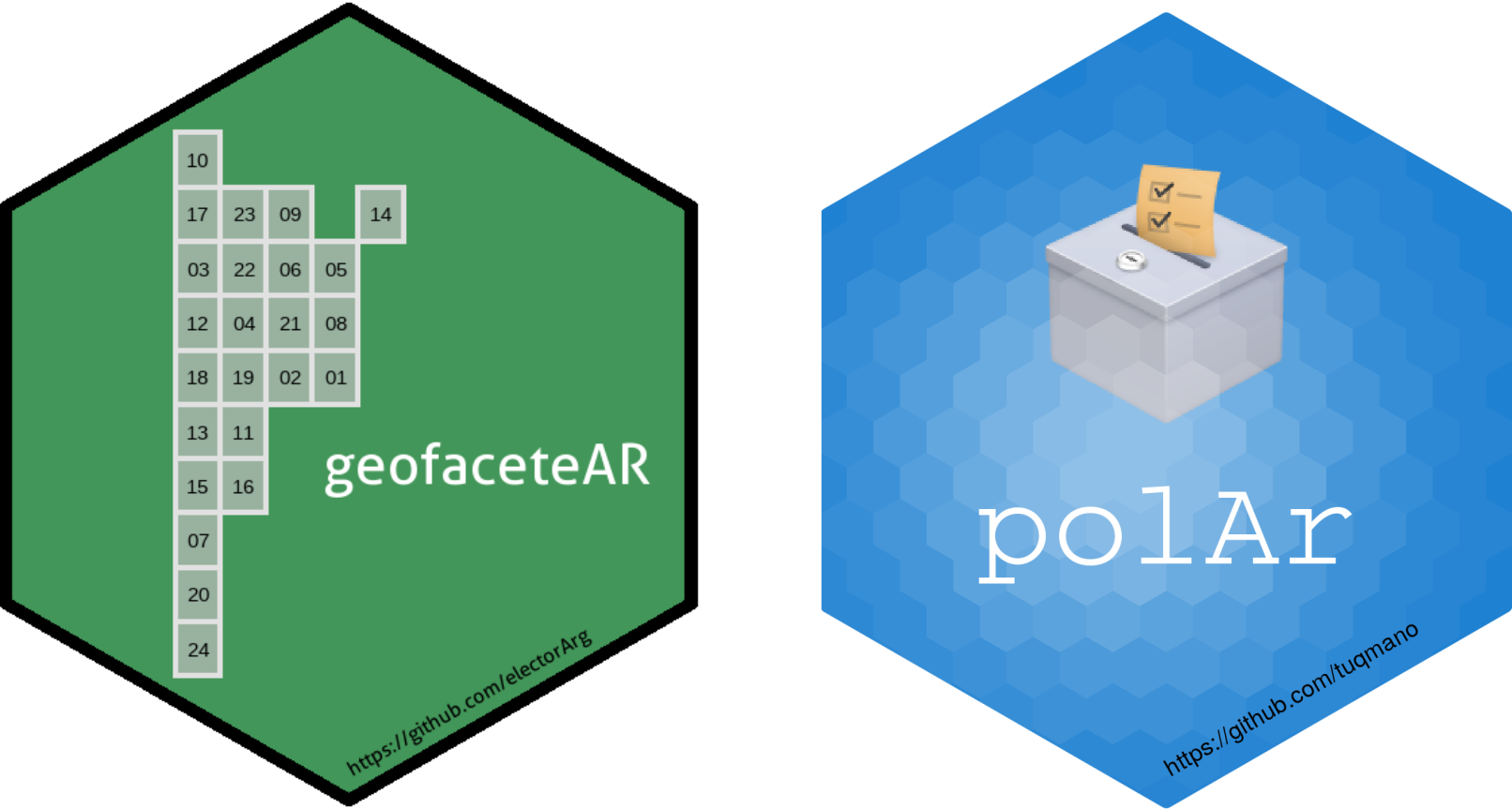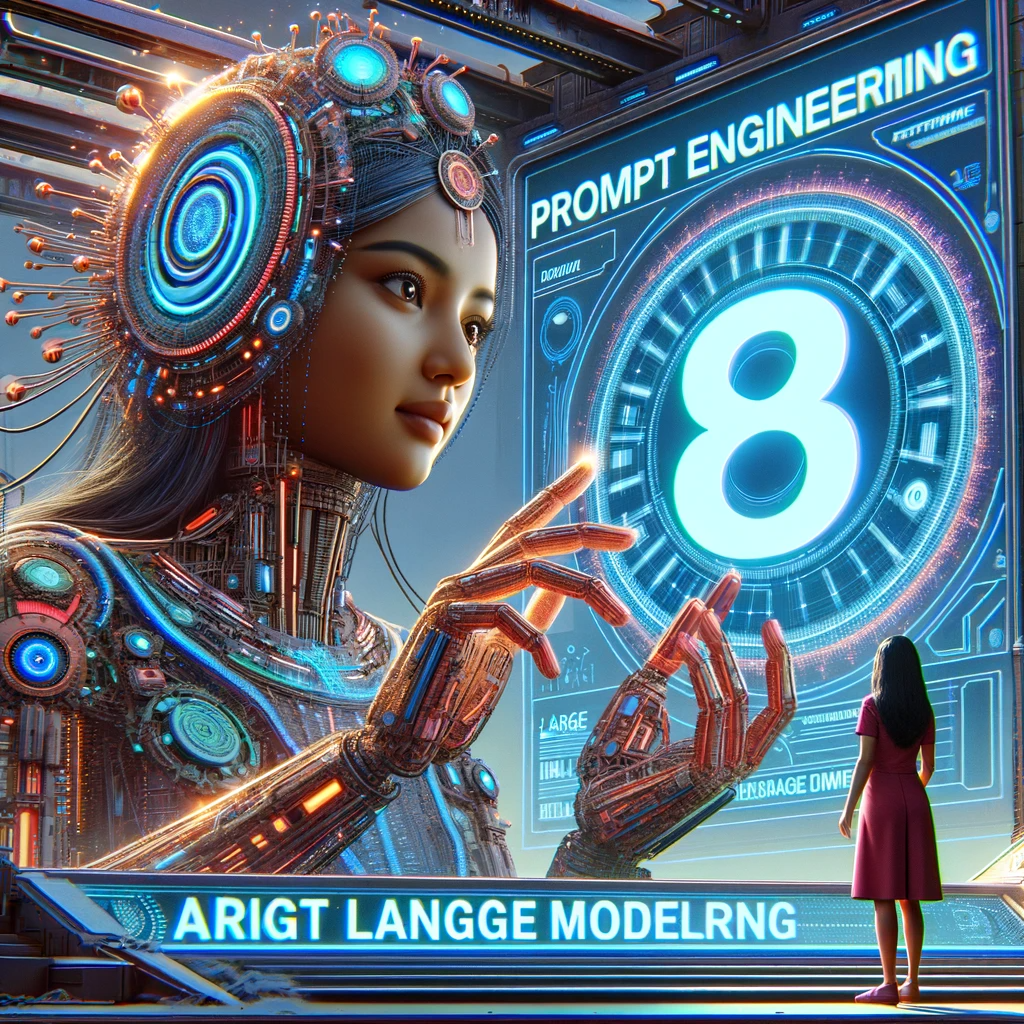
Corría el año 2015, un estudiante de maestría de Ciencia Política tenía que procesar datos para entregar su tésis y decidió aprovechar la oportunidad para aprender a usar R. Al largo y tortuoso camino del requisito académico se agregó un grado de dificultad extra: incorporar un software de programación desde cero, con una curva de aprendizaje algo empinada.







